Leprosy Education Impact Calculator
Estimated Impact Summary
Key Takeaways
- Education cuts transmission by empowering people to spot early signs.
- School curricula, community outreach, and mass media each address different audiences.
- Reducing stigma is as vital as teaching biomedical facts.
- Simple checklists help health workers plan and evaluate sessions.
- Coordinated efforts with WHO guidelines and national programs boost impact.
Why education matters for leprosy prevention
Leprosy is a chronic bacterial infection caused by Mycobacterium leprae. It primarily attacks skin, peripheral nerves, and the mucous membranes of the upper respiratory tract. Although curable with multidrug therapy, delayed diagnosis still leads to disability and social exclusion.
Understanding how the disease spreads, recognizing its early symptoms, and knowing that effective treatment exists are all products of targeted education. When people learn that leprosy is not highly contagious and that prompt treatment stops transmission, fear subsides and people are more likely to seek help early.
Education also dismantles the deep‑rooted stigma that has historically isolated patients. By framing leprosy as a medical condition rather than a moral failing, communities become supportive environments for those affected.
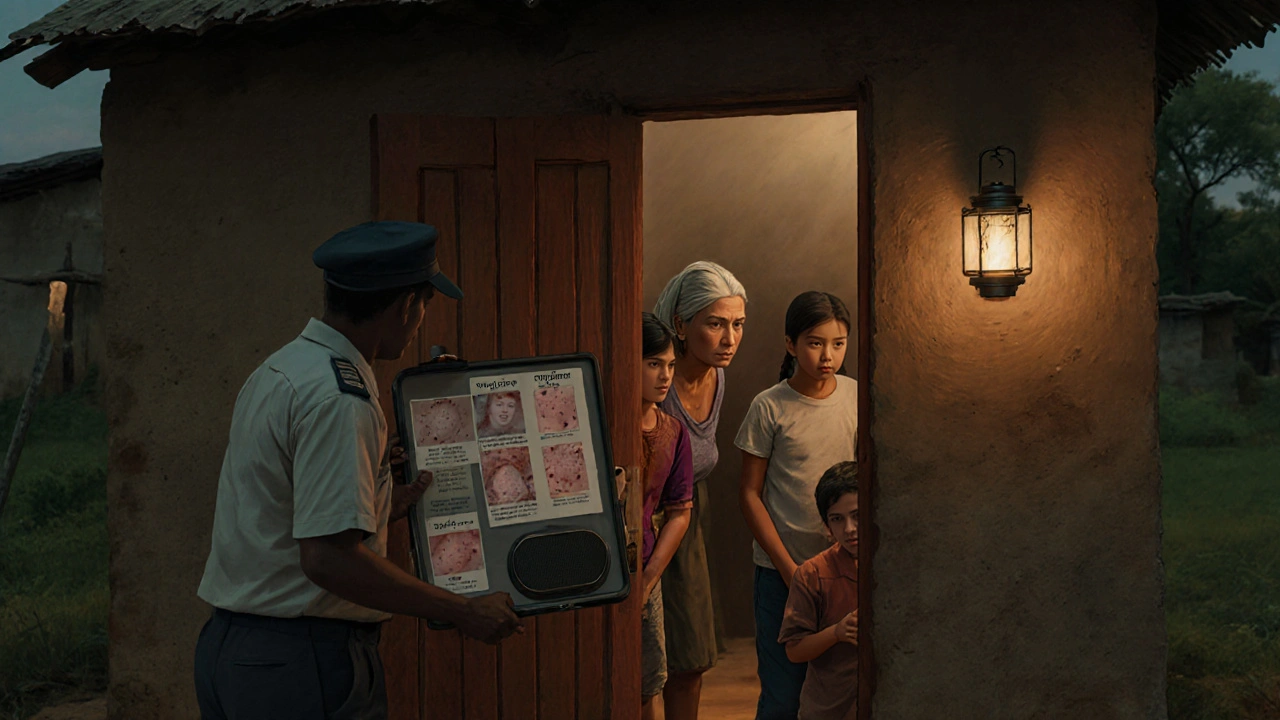
Core components of effective leprosy education programs
Successful programs blend accurate biomedical information with culturally resonant messaging. Below are the essential pillars:
- Clear biomedical facts: Explain the causative agent, modes of transmission (mainly prolonged close contact), symptoms (skin patches, numbness, muscle weakness), and the availability of free treatment.
- Stigma‑reduction narratives: Share testimonials from cured patients, highlight that anyone can be infected, and stress the community’s role in supporting rehabilitation.
- Target‑specific channels:
- School‑based curricula reach children early and encourage peer‑to‑peer advocacy.
- Community health worker visits bring information to remote households.
- Mass media campaigns (radio, TV, social platforms) amplify messages city‑wide.
- Interactive learning: Use visual aids, role‑plays, and quizzes to reinforce retention.
- Monitoring and feedback: Collect data on knowledge change and referral rates to refine the approach.
Each pillar aligns with the strategic framework set by the World Health Organization, which calls for integrated surveillance, treatment, and community education.
Comparing three common education strategies
| Approach | Primary Audience | Typical Reach | Cost per capita | Impact on early detection |
|---|---|---|---|---|
| School‑based curriculum | Students (6‑18 yr) | High in urban districts | Low | Significant - children report symptoms earlier |
| Community health worker outreach | Rural households | Medium - varies with worker density | Medium | Moderate - increases referrals from remote areas |
| Mass media campaign | General public | Very high - statewide | High | Variable - boosts awareness but depends on follow‑up services |

Real‑world success stories
India's National Leprosy Eradication Programme (NLEP) combined school lessons with village health talks. Within five years, the district reported a 40% rise in cases detected at stage 1, dropping the disability rate from 12% to 5%.
In Brazil, community health workers used mobile‑phone audio messages in local dialects. The initiative cut the average diagnosis delay from 18 months to 8 months.
Indonesia launched a radio drama series featuring a protagonist who overcomes leprosy stigma. Listener surveys showed a 30% increase in knowledge about treatment availability.
Practical checklist for community educators
- Identify local myths about leprosy and prepare fact‑based rebuttals.
- Secure visual aids: color charts of skin lesions, nerve‑damage diagrams, and treatment timelines.
- Train volunteers on how to conduct confidential symptom screenings.
- Schedule monthly talks at schools, churches, and market squares.
- Provide printed leaflets with QR codes linking to WHO treatment guidelines.
- Collect contact info of attendees willing to receive follow‑up messages.
- Track number of referrals generated and compare with baseline data.
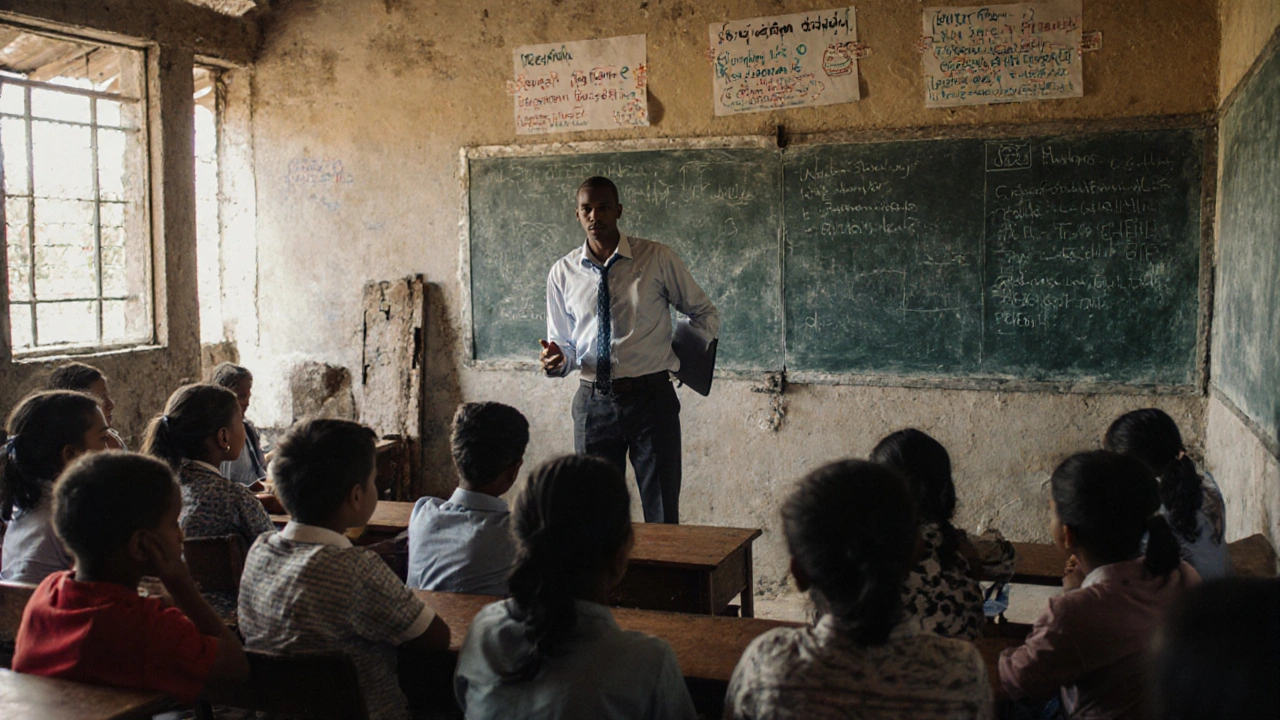
Common pitfalls and how to avoid them
Overloading audiences with medical jargon leads to disengagement. Keep language simple, use analogies (e.g., compare nerve loss to a dimming light bulb) and repeat key points.
Neglecting stigma can cause people to hide symptoms. Pair symptom education with stories of recovered individuals who have resumed normal lives.
Relying solely on one channel limits reach. Blend school lessons, door‑to‑door visits, and broadcast media to capture diverse groups.
Failing to monitor outcomes results in wasted resources. Use a basic log sheet to record attendance, knowledge‑quiz scores, and referral numbers after each session.
Frequently Asked Questions
Is leprosy still contagious?
Transmission occurs mainly through prolonged close contact with an untreated person. Once a patient starts multidrug therapy, they become non‑infectious within days.
What are the first signs to look for?
Early signs include one or more pale or reddish skin patches with reduced sensation, tingling or numbness in fingers or toes, and muscle weakness around the face or hands.
How long does treatment last?
The standard multidrug therapy (MDT) regimen lasts 6‑12 months, depending on disease classification, and is provided free of charge in most endemic countries.
Can education replace medical treatment?
Education complements treatment by ensuring early detection and reducing stigma, but it cannot cure the disease. Proper MDT remains essential.
What role do schools play in leprosy control?
Schools serve as platforms for age‑appropriate lessons, encourage peer support, and can flag suspicious symptoms among children, leading to faster referrals.



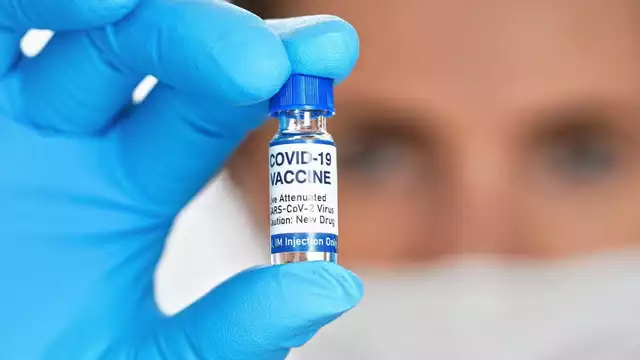

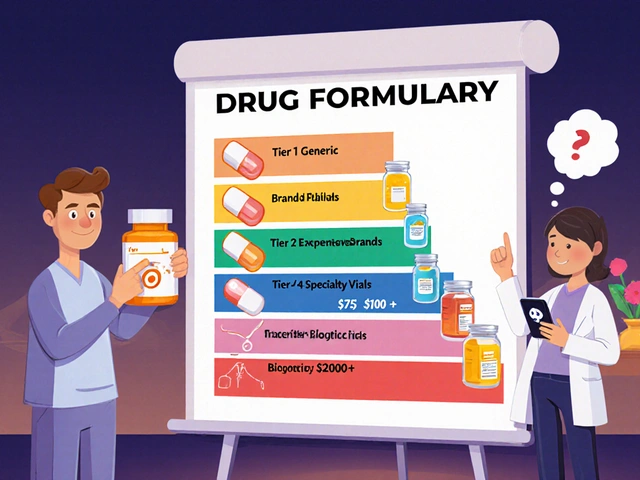
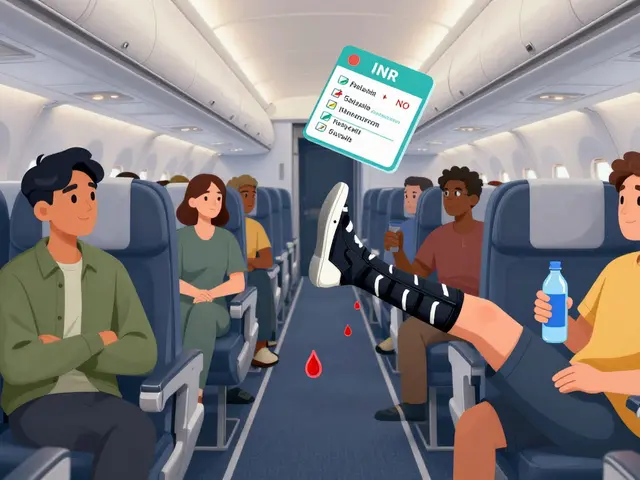

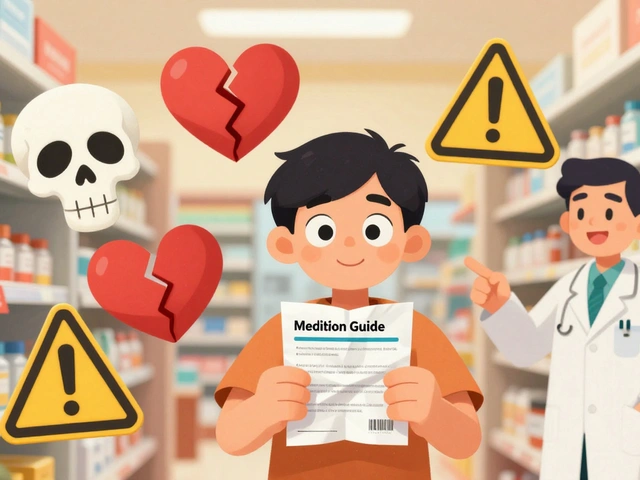
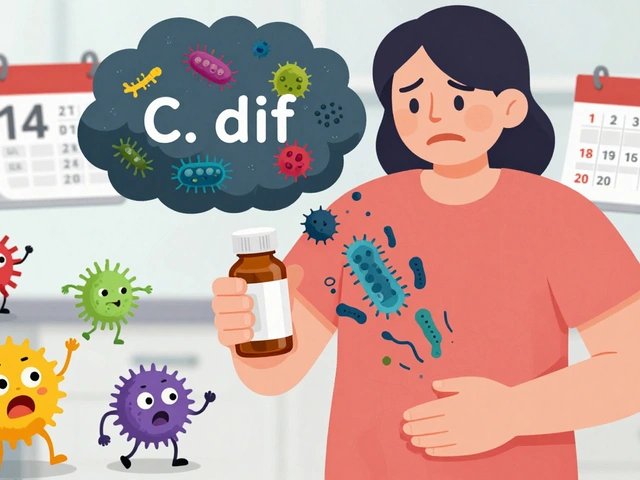
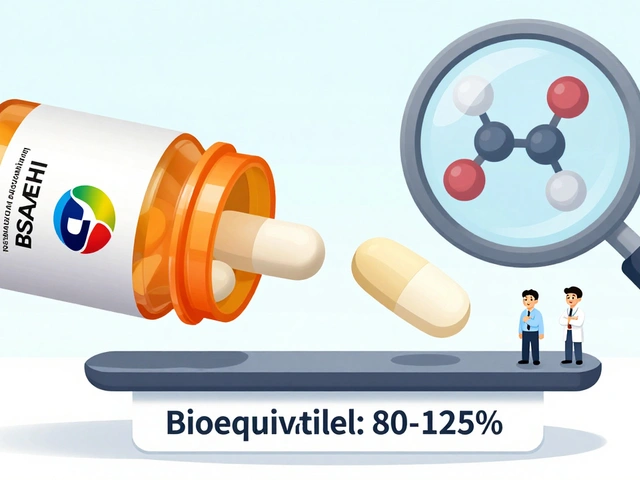
Manju priya
Empowering communities through education is a cornerstone of leprosy control :) By integrating concise modules into school curricula, we can foster early recognition of skin lesions among children. Additionally, community health workers equipped with culturally relevant materials can dispel myths that fuel stigma. Together, these efforts create a proactive environment where treatment is sought promptly.
Jesse Groenendaal
We must hold societies accountable for the lingering stigma that still haunts leprosy patients. Ignorance is a choice when the facts are freely available and education is the antidote.
Persephone McNair
The epidemiological vector dynamics of Mycobacterium leprae underscore the necessity for multiplexed knowledge dissemination strategies. Leveraging pedagogical scaffolding, we can operationalize symptomatology checklists across heterogeneous demographic strata.
siddharth singh
Effective leprosy education hinges on a systematic approach that intertwines biomedical accuracy with sociocultural sensitivity. First, curricula must articulate the pathogenic mechanism of Mycobacterium leprae in layperson's terms, emphasizing that the organism primarily spreads through prolonged close contact rather than casual interaction. Second, educators should illustrate the hallmark clinical manifestations-hypopigmented patches, peripheral neuropathy, and muscle weakness-using high‑resolution images and tactile models. Third, interactive workshops with role‑play scenarios enable participants to practice recognizing early signs and initiating referral pathways. Fourth, integration of testimonies from cured patients humanizes the disease and dismantles entrenched moral judgments. Fifth, community health workers must be trained to conduct door‑to‑door screenings in remote villages, documenting findings on standardized forms. Sixth, data collected from these screenings should feed into a central monitoring dashboard that tracks referral conversion rates. Seventh, schools should embed a brief quiz at the end of each lesson to assess retention and identify knowledge gaps. Eighth, mass media campaigns ought to broadcast concise jingles in local dialects that reinforce the message that treatment is free and effective. Ninth, partnerships with local religious leaders can amplify acceptance by framing leprosy care as a communal responsibility. Tenth, logistical support such as transportation vouchers for patients requiring clinic visits reduces barriers to care. Eleventh, periodic refresher training for educators ensures that messaging remains up‑to‑date with WHO guidelines. Twelfth, a feedback loop wherein patients report their experiences back to program designers fosters iterative improvement. Thirteenth, budgeting for educational materials must account for printing costs, audio‑visual equipment, and stipends for volunteers. Fourteenth, impact evaluation should include both quantitative metrics-like the number of early detections-and qualitative assessments of stigma reduction. Finally, sustained political commitment and cross‑sector collaboration are the bedrock upon which these multifaceted strategies can thrive.
Angela Green
The guidelines clearly state that early detection reduces disability.
April Malley
Hey folks, I totally agree that schools are a perfect launchpad for these lessons, and we should definitely add some fun quizzes, maybe even a little competition, to keep the kids engaged, don’t you think?
scott bradshaw
Sure, because moralizing solved everything back in the day.
Crystal Price
Imagine a world where a child’s giggle isn’t silenced by fear, where knowledge lights up even the darkest corners of ignorance.
Murhari Patil
The media hides the truth about leprosy cures they don’t want us to know.
kevin joyce
From a phenomenological perspective, the stigma attached to leprosy functions as a social construct that shapes identity narratives, thus educational interventions must transcend mere information transfer and engender ontological reframing of disease perception.
michael henrique
While your abstractions are interesting, the practical outcome remains: educate the masses, eliminate the stigma, and treat the disease promptly.
Jamie Balish
I've seen firsthand how a well‑structured school program can transform attitudes; when teachers incorporate interactive modules, students start asking insightful questions about skin health. Community health workers, when equipped with culturally resonant stories, can bridge the gap between medical knowledge and everyday life. It's crucial we maintain open channels of communication, celebrate small victories, and continuously adapt our strategies based on feedback from the field. By fostering collaboration among NGOs, local governments, and educational institutions, we create a resilient network that not only detects leprosy early but also uplifts affected individuals. Let’s keep the momentum going and remember that every informed person is a potential ally in the fight against disease.
Jeff Bellingham
Your comprehensive approach is commendable, yet it must be underpinned by rigorous evaluation metrics to ensure sustainable impact.